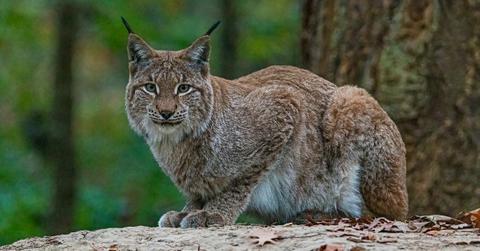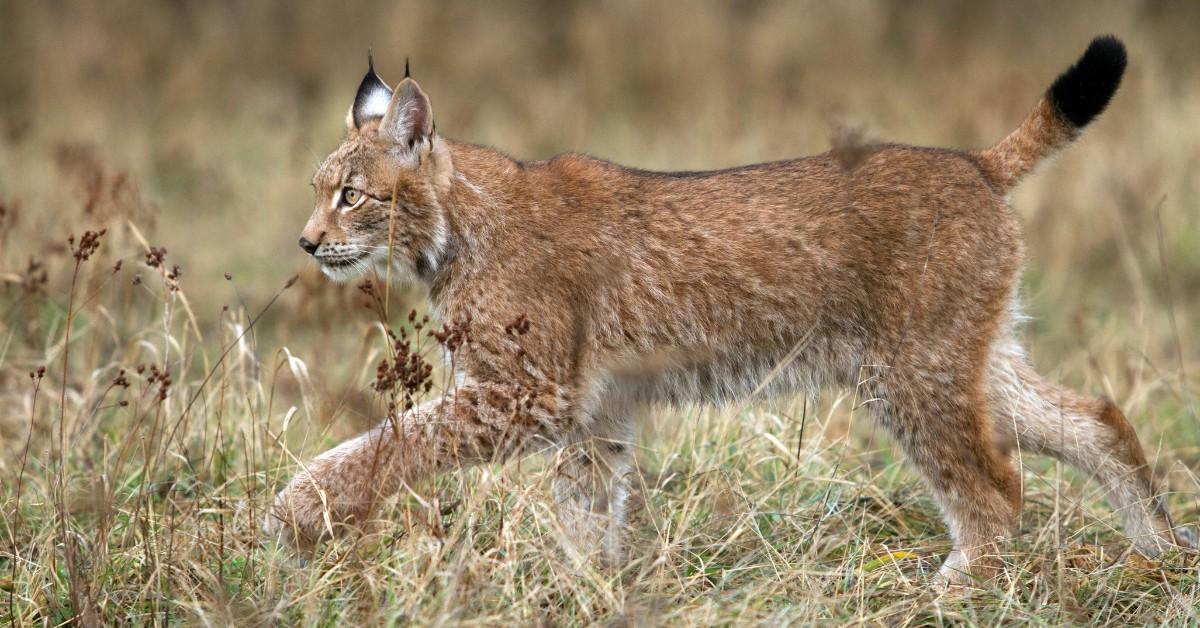Rogue Lynx Spark Debate About Scotland’s Plans to Reintroduce the Wildcats
Two escaped lynx are raising concerns surrounding the repercussions of reintroducing the cats to Scotland's wilds.
Published Jan. 14 2025, 1:53 p.m. ET

Those living in and around the Scottish Highlands may have caught a glimpse of something not seen in that part of the world for hundreds of years: the lynx. At least two creatures were spotted roaming the countryside, prompting questions and concerns about the potential for the once ubiquitous cats to return to the region.
Are lynx actually native to Scotland? And if so, why haven't they been seen in the Highlands for so long? Continue reading as we unpack the mystery of lynxes in Scotland and why it's such a big deal they're returning.

Are lynx native to Scotland? What happened to the lynx in Scotland?
More than a thousand years ago, lynx roamed the Highlands of Scotland with impunity. The wildcats, which were once native to the region, eventually went extinct, according to the Los Angeles Times. Their extinction was due in large part to man-made issues, including deforestation and hunting habits.
The publication says that the lynx went extinct between 500-1,300 years ago, which has majorly impacted local wildlife in their absence.
Deer populations in the Highlands have skyrocketed without the predator pressure in the area, which has prompted environmentalists and lawmakers alike to take notice and float the idea of reintroducing the wildcat to the region to help restore eco-harmony.
That decision — or, more accurately, a lack of a decision — has raised questions about the origin of two medium-sized lynx found in the Highlands on Jan. 8, 2025.
Authorities were left wondering whether these cats had been intentionally released by a private breeder or someone else looking to quickly reintroduce the cats in the wild after more legal plans had stalled out in the country's court systems.
Lynx are being reintroduced to Scotland.
Legislators have been working towards a decision on whether or not to allow a controlled release of lynx into the Highlands after facing pressure from activist groups.
“Scotland has a history of illicit guerrilla releases,” University of Oxford's Wildlife Conservation Research Unit research fellow Darragh Hare told the Associated Press, noting that correct reintroduction is important due to the potential impact it could have on local livestock and other wildlife.
We know at least one group not taking credit for the captured lynx: The Lynx to Scotland Project. This group has been working tirelessly to get the creatures back into their native habitat using legal and safe means to ensure a successful reintroduction.
Similar programs have seen a lot of luck in the past, including the aptly named "beaver bombing" program that involved the reintroduction of beavers into sections of England.
While it may be easy to see the importance of restoring once populous wildlife populations to the region, doing things slowly and correctly will make it a better experience for the animals and the generations that could come after them.
Hopefully, authorities can get to the bottom of the mystery of the two wild lynx captured at the start of 2025 so that they can move forward with legal plans to reintroduce the wildcats.